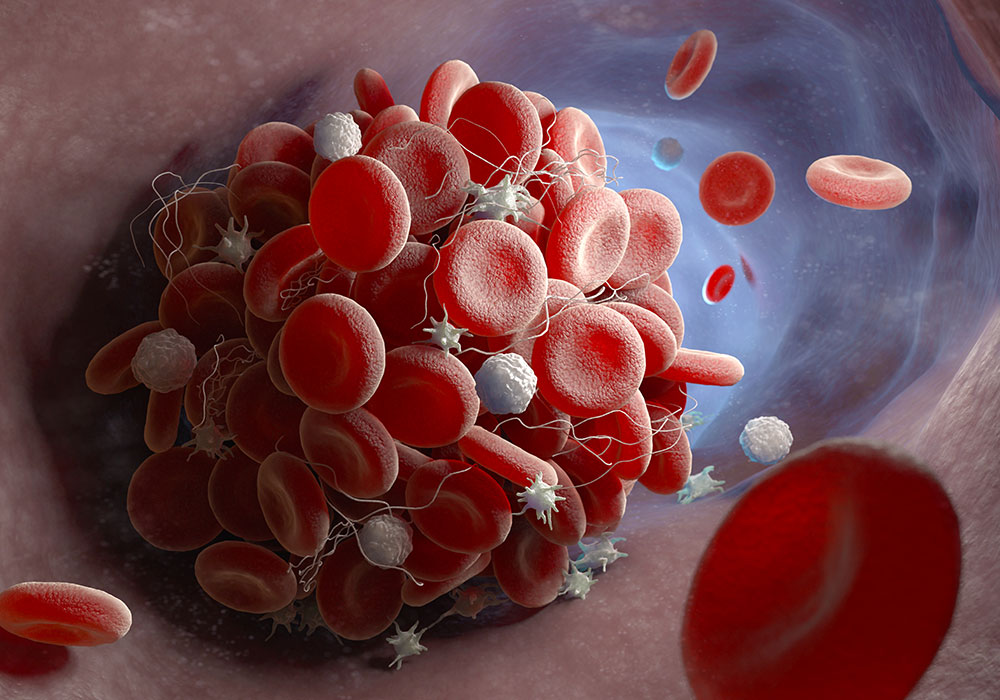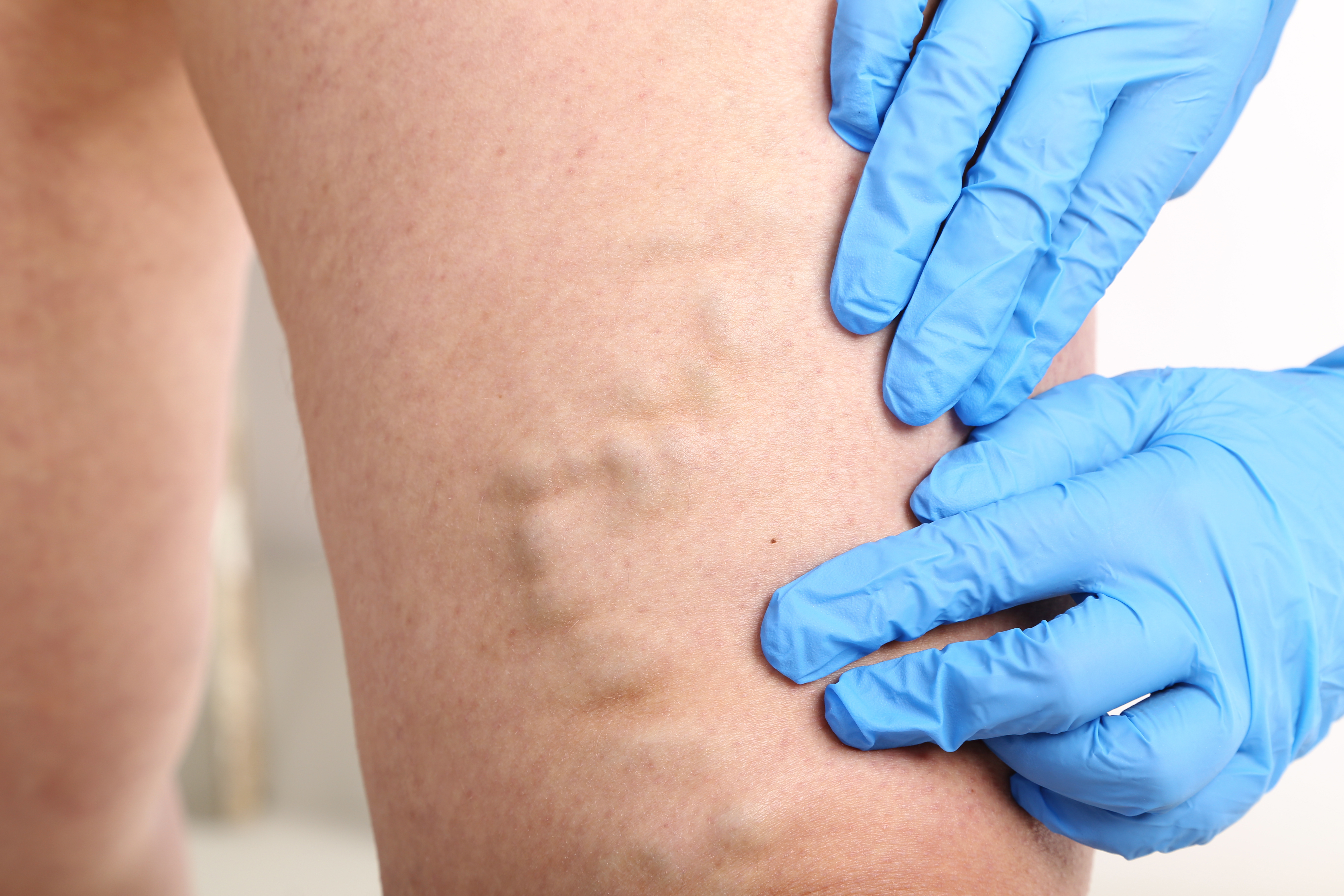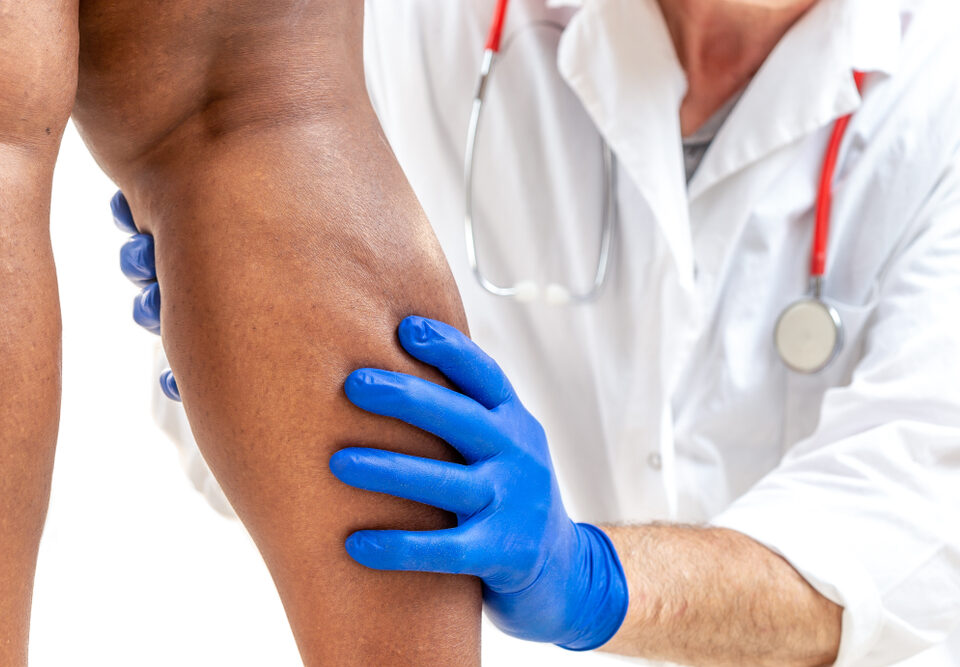
Can Varicose Veins Lead to Blood Clots?
November 19, 2019
How Do I Know if I Have Chronic Venous Insufficiency?
November 19, 2019Deep Vein Thrombosis Laurel, MD
Because of the serious health implications associated with deep vein thrombosis and pulmonary embolism, it’s not uncommon for patients to ask: Do I have DVT or another vascular concern?
Here’s a look at several different vascular conditions that may be mistaken for DVT.
What is DVT?
DVT stands for deep vein thrombosis. It’s a vascular concern in which a blood clot forms in the deep veins of the legs. If a piece of the clot breaks off and travels to the lungs, it can result in a pulmonary embolism (PE), which can be fatal.
Do I Have DVT or Another Vascular Concern?
Varicose Veins and Spider Veins
Varicose veins and spider veins are dilated, twisted, and bulging veins in the legs and lower extremities. They occur when blood flows backwards, increases venous pressure, and strains vein walls.
Although varicose and spider veins are not a medical emergency, they can cause significant discomfort and associated symptoms that should be evaluated by a vein specialist.
Superficial Thrombophlebitis
While DVT is a clot that originates deep within the body, it’s possible to experience clots in superficial veins beneath the skin. These superficial clots are also known as superficial thrombophlebitis and, like DVT, may present with swelling in arms or legs, pain or tenderness when standing or walking, warmth, and red or discolored skin.
Peripheral Artery Disease in Laurel, MD
If you are wondering – Do I have DVT or another vascular concern? – it’s important to understand the difference between peripheral artery disease and deep vein thrombosis in Laurel, MD.
As its name suggests, peripheral artery disease affects the arteries. It is the result of plaque build-up and narrowing of arterial walls that restricts blood flow to arms and legs. When this occurs in the veins, it is known as peripheral vascular disease and can lead to DVT.
Learn More About DVT and Vascular Concern in Laurel, MD
If you would like additional information about DVT or another vascular concern in Laurel, MD, please call our office today to schedule a comprehensive consultation with one of our highly skilled and talented providers.



